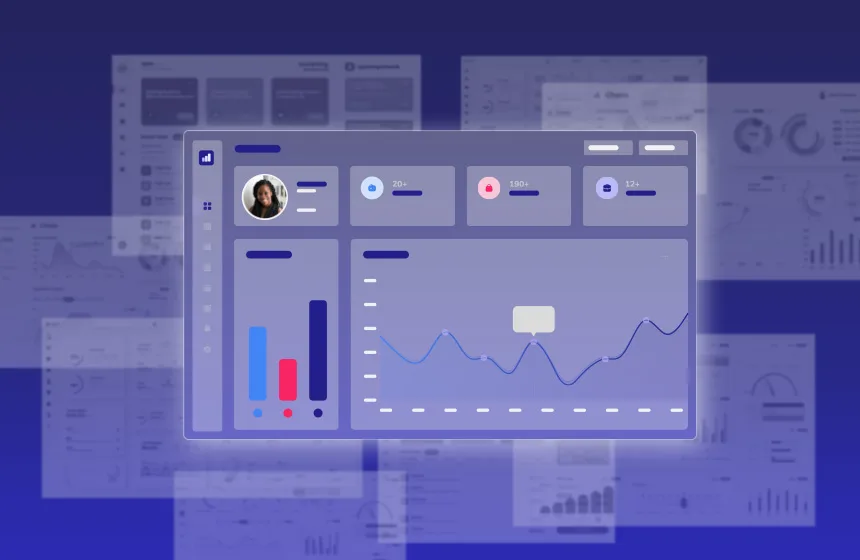Accelerate deals and increase win rates with the leading enterprise AI demo platform.
Product Marketing (PMM) vs. Marketing Operations (MOPs) in B2B

April 22, 2025
Table of Contents
The next wave of B2B go-to-market investment is in the world of Product Marketing (PMM) and Marketing Operations (MOPs). Companies are now excited to hire people in those fields – and they’re having a tough time doing it.
This is a big change in the B2B world. We’ve gone from years of the typical pipeline – MQL to SDR to AE – and now these new areas of focus are throwing a little bit of a wrench in all of that.
I love innovation and finding what works, so I was curious to dive into this new world. Here’s what I learned about the future of B2B marketing from PeerSignal.org, which is a great source for all kinds of SaaS market data. They did a recent survey and breakdown of the state of PMM and MOPs that inspired this blog post.
Product Marketing (PMM) vs. Marketing Operations (MOPs)
Most of us are probably familiar with product marketing. You might even have a product marketer already in your business. Product marketing is the entire process of bringing a product to market. This includes determining the product’s positioning and messaging, launching the product, and ensuring that both your salespeople and customers understand it.
Product marketers are out there driving demand and usage of the product.
Marketing operations, on the other hand, aligns and optimizes all the marketing processes, systems, and strategy for the entire business. They design a foundation for growth and ensure marketers in every part of the business are equipped to succeed.
While both groups typically sit under the Chief Marketing Officer, they have pretty different activities.
But they also have a lot of common ground – mostly that they’re two of the most in-demand marketing roles right now. Why is this happening, and what does it mean for the future of B2B marketing? Let’s take a look.
What the Data is Telling Us
PeerSignal.org did a recent survey and breakdown of the state of PMM and MOPs that inspired this blog post.
And that survey shows that the toughest roles to hire for in B2B marketing right now are MOPs and PMM, in nearly equal measure. CEOs are recognizing the strategic power of these functions, and as demand increases, it’s harder and harder to hire for these roles.
Why Investors Are Looking at PMM and MOPs
One of the big reasons that demand for PMM and MOPs is increasing so much right now is because there’s much more investment in those spaces.
And there’s more investment because the B2B go-to-market motion has shifted.
For the last 20 years or so, it relied heavily on the MQL-SDR-AE model. CFOs were really comfortable investing in these areas because there was a defined playbook and existing measurements for effectiveness.
But things have changed, especially the way that B2B buyers want to buy. Buyers now have a vast array of choices and the power to do most of their research on their own. There are more competitors in every market, and so the difference between products is more nuanced.
Vendors have less power now. That traditional sales cycle, driven by what sales need from prospects, is going away. Buyers don’t have the patience for it, and they don’t need to go through it to buy from most companies. So their tolerance for it is waning.
Where PMM and MOPs Converge
This new buying process is where PMM and MOPs come in and converge.
In this new world, you need product marketing on board and on point to stand out with buyers who have lots of other potential options. You need strong marketing operations to personalize experiences and tailor them for each of your segments.
And of course, the rise of product-led growth has really shown the need for a new go-to-market motion. Great sales reps can cover a lot of gaps in your product or your marketing operations. But with PLG, your product needs to stand on its own, and your marketing needs to be effective without reps bridging over any gaps.
Your prospects might become users before they become buyers. They’ll use your marketing materials to self-educate and bypass sales entirely. And you’ll need to run lots of intersecting motions because a successful PLG model requires input from many different areas of the business, not just marketing.
Product marketing ensures your product is tightly aligned to exactly what buyers want and need. Marketing operations helps align all the stakeholders and deliver personalized, effective marketing experiences that convert users to buyers.
No wonder they’re in such demand right now!
How are these roles evolving in your company?
Photo by Campaign Creators on Unsplash






